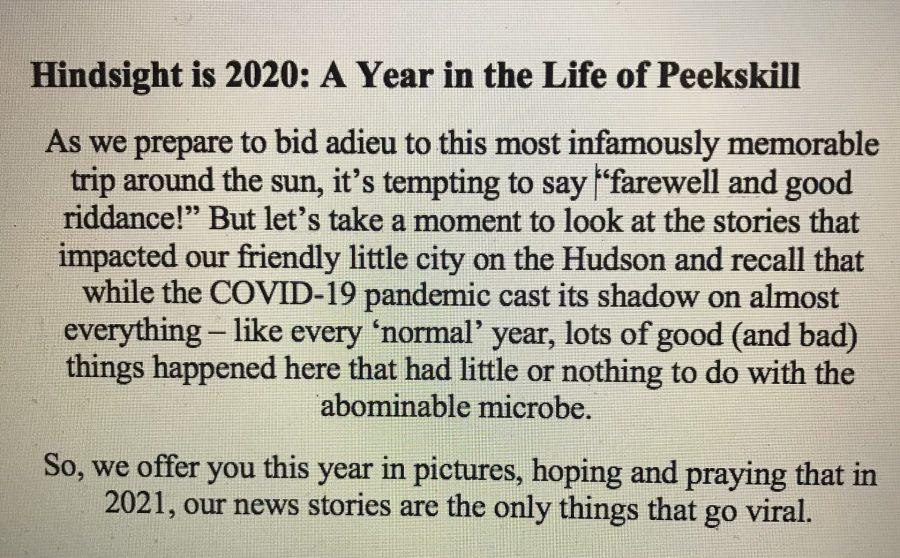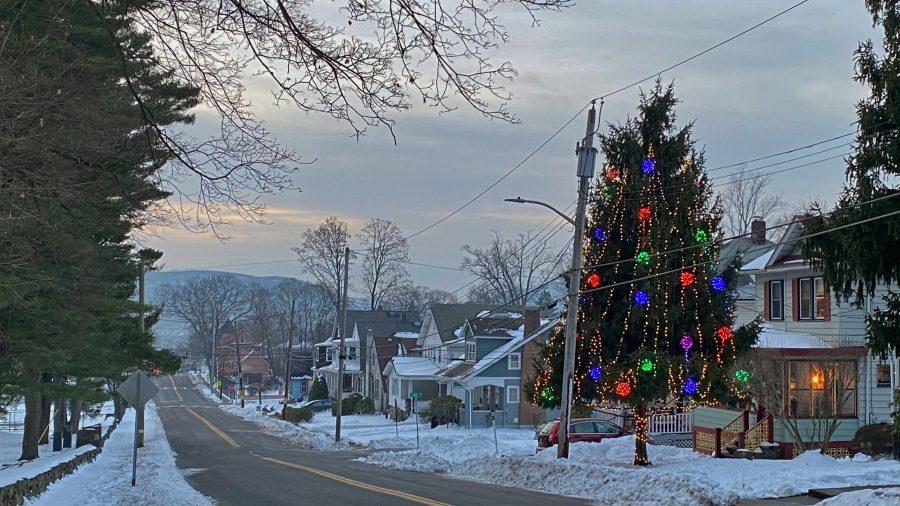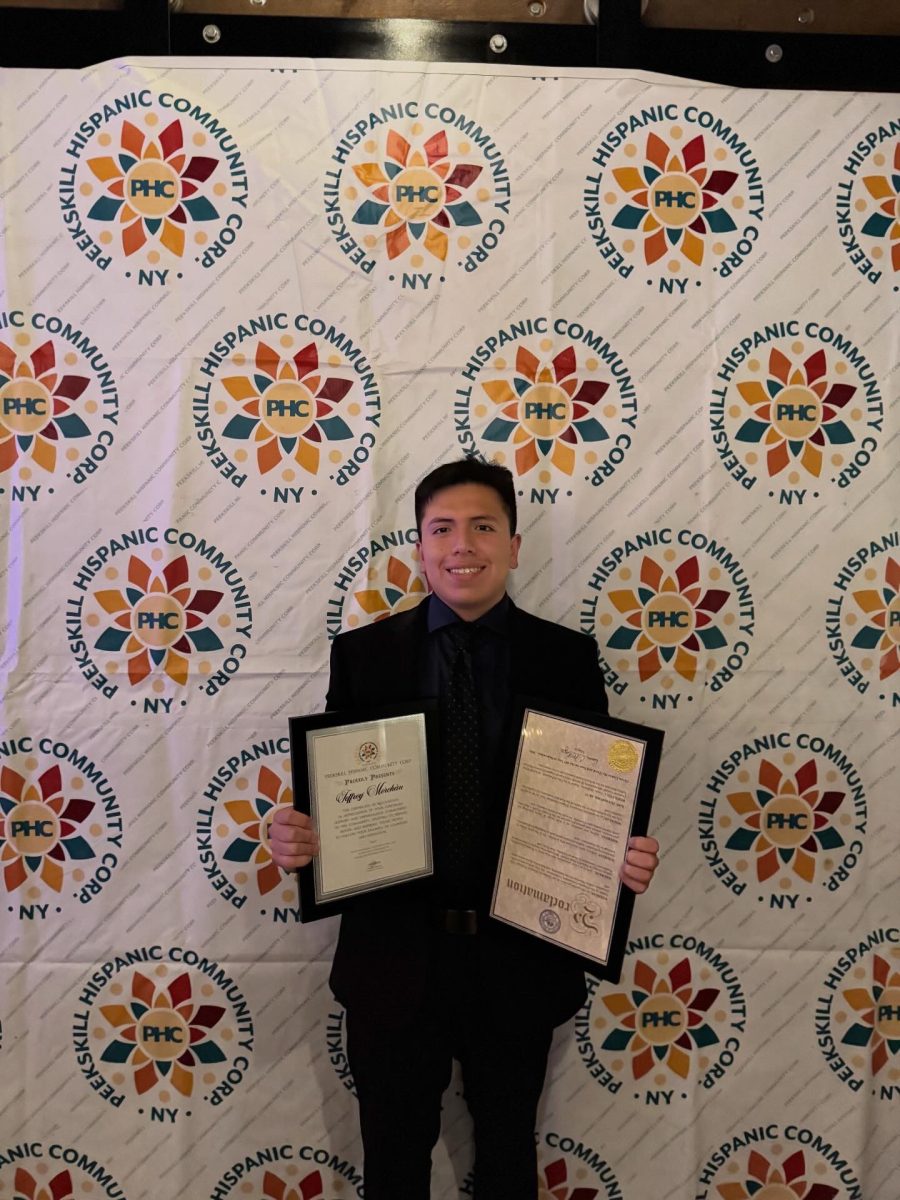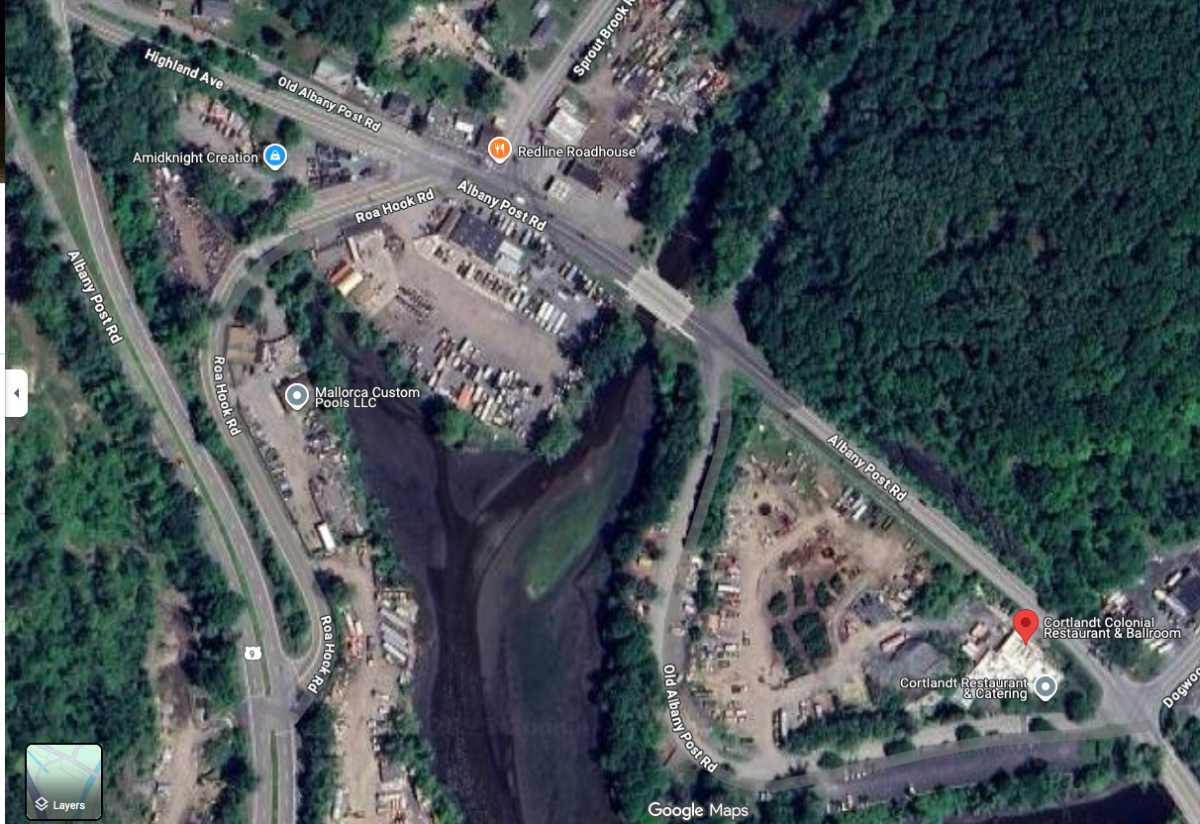
Photo by Jim Striebich
The head waters and streams that run from Peekskill’s water supply at Wiccopee Reservoir in Putnam Valley to faucets in the city will remain in an ‘unprotected’ class after Governor Andrew Cuomo vetoed a bill offering broader protections for streams last Friday. Hollowbrook Creek is a Class C feeder stream that runs from the city owned reservoir in Putnam Valley. It is classified as a tributary of the main stem, Peekskill Hollow Creek, which is protected due to its classification as a trout stream. It is a vital link to the Atlantic Ocean for migratory fish like river herring that spawn in the tidal portion of the creek.
Cuomo cited the expense of adding extra Department of Environmental Conservation (DEC) personnel for oversight into an already strapped state budget as the reason for the veto. State Senator Peter Harckham introduced the legislation in 2019 before the pandemic. “It was certainly disappointing,” said Harckham, about the veto, “but it’s a fiscal issue.” Given the deficit of $14.6 billion the state faces, we’ll wait to see if NYS receives any federal money from a pandemic bailout. If fiscal conditions change, we can bring the legislation back.”
“This is one of the areas where water quality suffers from death by a thousand cuts,” said Jeremy Cherson, Riverkeeper Legislative Advocacy Manager. “The reservoir upstream is Class A. The way the water system works is that the creek itself acts as the conduit for water from the Wiccopee reservoir to reach the intake for the city. So protecting the whole watershed is essential to protect the water quality of the city. The tributaries to the Brook should be protected, just as the reservoir is (Class A) and at least as well as the main stem of the creek (Class C TS),” said Dan Shapley, Water Quality Program Director of Riverkeeper.
The DEC designates streams as Class AA, A, B, C and D for purposes of regulations. AA and A are for drinking, B is for recreational uses such as swimming while C is for fishing. Only AA, A and B classification require permits for activities like dredging or stream bank modification, said Cherson. Streams with the classification of C (TS) for Trout Stream receive stronger protection than C and D streams.
Cherson urged Peekskill’s Common Council to pass a resolution asking the DEC to re-classify the tributaries that feed into the city’s drinking water supply. “Local governments and environmental conservation groups can gather evidence of feeder streams that are misclassified and petition to receive higher classifications.” According to the Environmental Conservation Law, the DEC is authorized to amend classifications in accordance with best usage in the interest of the public, and alter, reclassify, modify, change or amend the classification of waters.
Cherson’s suggestion that environmental conservation groups can gather evidence to bolster their case to the DEC to re-classify tributaries confirms what Westchester County learned when its award-winning Citizens Volunteer Monitoring Program was in place from 2003 to 2010.
The program was established through Safe Drinking Water Act funding distributed by the state DEC, in order to create a baseline of water quality data on streams and rivers as well as ponds and lakes. For the seven years of its existence, trained volunteers monitored over 40 stream site locations and 12 lakes and created a comprehensive database of water quality information. Volunteer data was found to be a useful tool for understanding local stream and lake health.
More than 300 participants saw the relationship between water quality, land use and stormwater. By gaining hands-on experience, volunteers were more likely to understand environmental concepts and share them with their friends and neighbors in the community. And the county’s planning department learned that volunteer data can be a useful tool for understanding local stream health especially in areas where little data is collected due to lack of funding and resources. By working closely with Westchester County residents, schools, non-profit organizations and municipal officials, the county planning department was able to create a model educational program that could be used by other organizations and government agencies nationwide. The program was cut from the county budget in 2010.
By Regina Clarkin






















